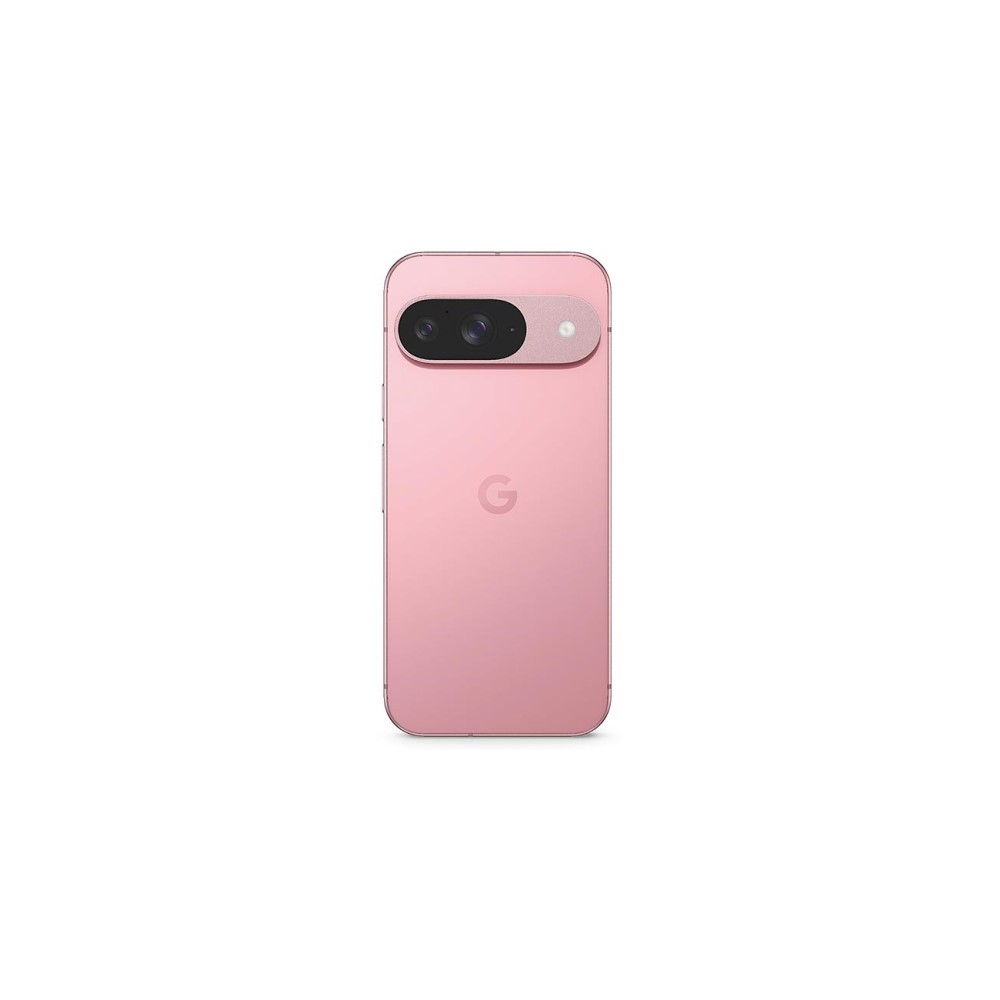Affiliate links on Android Authority may earn us a commission. Learn more.
The one upside of the expensive Pixel 9 is that the 9a might be worth buying
Published onAugust 24, 2024

The cost of entry to Google’s flagship Pixel series has been on a steep upward trajectory, from $599 just two years ago to $799 today. No one likes price increases, and $100 more for this year’s Pixel 9 is undoubtedly a major drawback for those looking for an affordable flagship phone.
The era of the affordable Pixel flagship is over, but if there’s a silver lining here: It might actually make the Pixel A series more appealing. That’s assuming Google doesn’t cancel the range, a move rumored as far back as the Pixel 7a. Thankfully, that’s proved untrue so far, so let’s assume the series sticks around.
We reviewed the $499 Pixel 8a and thought it a very good, affordable smartphone, but by the time it launched, the flagship Pixel 8 was already regularly discounted, meaning there was often just $100 or less between them. With such a small margin, it’s almost always worth upgrading to the Pixel 8’s better build, faster charging, and more capable camera capabilities. If you’re still looking for a brilliant, inexpensive Pixel, I’d suggest grabbing the Pixel 8 before Google inevitably removes it from sale.
Google's affordable flagship era is over. Perhaps the Pixel 9a can reinvent it.
Still, the Pixel 9 now has a wider price and hardware gap with the 8a and, presumably, next year’s Pixel 9a as well. While pushing the flagship Pixel 9 further out of reach is obviously not a good thing, the new specs, AI features, and price tag mean there’s a bigger space for the Pixel 9a to slot neatly into, giving us all a bigger reason to buy it. It’ll need some modest upgrades, though; otherwise, we might as well buy the 8a already.
Taking some of the Pixel 9’s latest camera upgrades or simply pinching the Pixel 8’s older setup would probably be the biggest boost Google could give the range. Brilliant photography on a budget has been a unique selling point for the A series that Google should continue to leverage. I’d love it if the 9a moved away from absolutely sluggish charging speeds too. Give us 21W at least or, preferably, match the Pixel 9, which still isn’t exactly speedy at 27W anyway. I can happily live with the lower build quality, slightly weaker display, and slower storage to keep the price affordable. It could probably even keep the same Tensor G3 processor while we’re at it, given that the Tensor G4 upgrades are minimal.

Then there’s AI — the cornerstone of Google’s latest flagship announcement. The Pixel 9 already misses out on the Pro-level AI features, and I don’t think budget customers would begrudge the 9a if it didn’t bother chasing the latest trend. Sticking with a low-cost RAM configuration would limit the Pixel 9a to the more basic Gemini features and wouldn’t make it particularly AI future-proof, but that’s probably fine. The existing Circle to Search, Photo Unblur, Recorder summaries, Gboard Smart Reply, and other features are more than enough to make for a compelling if not cutting-edge AI experience on a budget phone. We can leave all the fancy editing and other tools to the flagship models.
Skip the AI nonsense, focus on what makes the A series so great.
With Google’s flagship series off chasing the iPhone and Galaxy money, the Pixel A series is now more needed than ever. It’s free to fill that much-loved space for an affordable Google phone with slick software and dependable photography and without all the nonsense that drives up prices at the ultra-premium end of the market. That formula worked for Nexus, it worked for the Pixel, and now there’s an opportunity for it to work (again) for the Pixel A series.
Of course, this could all be moot if Google increases the price of the Pixel 9a if/when it launches next year, re-closing the gap between its flagship and A products. That would be a mistake; blurred lines between its Pixel series’ haven’t worked particularly well in recent generations. It’s time to embrace their differences and build a Pixel 9a with its own identity, distinct from the Pixel 9. Make it happen, Google.

Excellent build quality, refined design
Extensive update policy

Excellent build quality
Flexible, capable cameras
Reliable update commitment

Gorgeous display
Seven years of software updates

8-inch folding display
Seven years of software updates